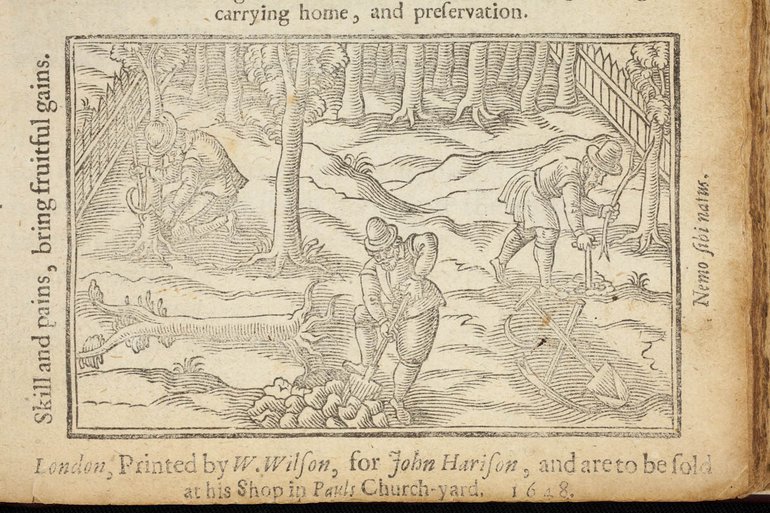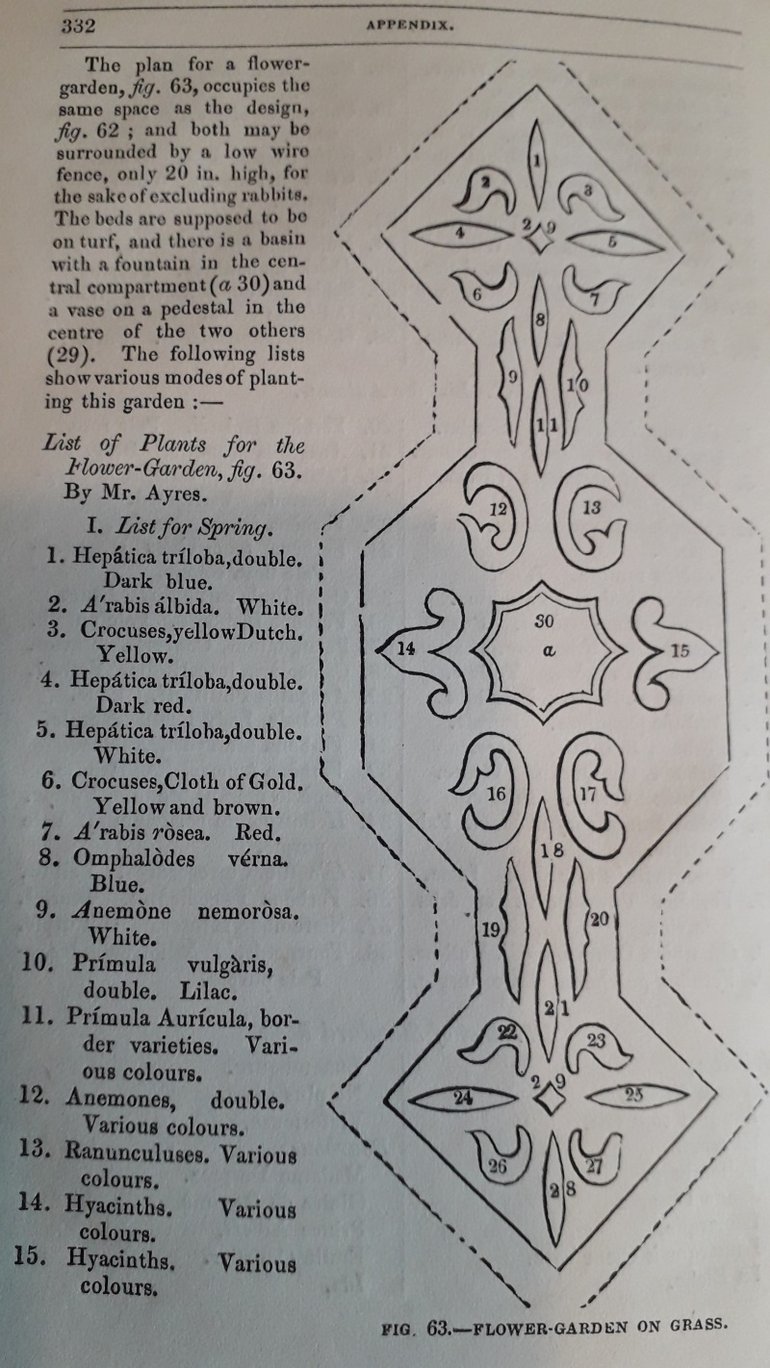Many people know about the modern social history of women, the fight for equal pay and the right to vote, but what about women’s role in gardening?
The story begins in Neolithic times with the first evidence of clearing the prehistoric wildwood for agricultural purposes. Men went hunting, leaving tasks such as watching the fire, raising children and tending plants to women.
Women were the unacknowledged workers in magnificent gardens even long after the early modern age.
The duties of women, such as Anne Hathaway and her daughter Susanna, were first outlined in 1613 by Gervase Markham in his book The English House-Wife. This was the first publication aimed at women that described household tasks, including how to care for a garden. This included how to sow seeds of fruits, vegetables, flowers and herbs.
The first gardening book devoted entirely to female gardeners was the Countrie Housewifes Garden by William Lawson (1617). It contains a description of how to lay out the 'pleasure ground' including knots; a job where women decided on the pattern.

In Shakespeare’s time, the 'lady of the house' possessed knowledge of medicinal herbs and often built an information network. Well-to-do households hired a 'weeder woman' until the 19th century.
Men designed the garden, dealt with parks and orchards whereas women - even in high society - were responsible for keeping the 'pleasure garden' and supply the house with vegetables, herbs and cut flowers.

Women’s position in gardening remained the same for many centuries despite changes in society, economy and garden fashion.
I should mention Joseph Paxton’s wife Sarah, who managed her husband’s affairs and meetings, leaving him free to pursue his ideas and to build his career. There is a novelty drawing of their daughter, Annie standing on a water lily leaf in the Illustrated London News, 1849. Paxton was a great example of nineteenth century’s social mobility1 and how his wife played a supporting role.
Jane Webb (John Loudon's wife) went further by publishing a gardening book in 1840. In her book: Lady’s companion to the Flower Garden she describes plants and tasks everyone can do. Mrs Loudon was guided by John Lindley2 and helped her husband’s research, one of the first women of many who taught themselves about gardening.

Mrs C. W. Earle's publication was completely different. She got interested – like Gertrude Jekyll – in gardening in later life. She had three sons and wrote about household duties but considered gardening and nature as a pleasure in its own right. She was part of a developing garden network involving many ladies from all levels of society during the Victorian and Edwardian Eras.3
A participant in this network was Gertrude Jekyll, who studied colour harmony: a revolutionary science of the day, and applied it to gardening. She settled an agreement on garden style between the leading designers of her age4 and she is still influencing garden designers’ colour coordination today.
Ellen Willmott’s legacy lives on in garden centres and plants’ names. In the 1920s her advice and connections helped to develop the Shakespeare Birthplace Trust’s gardens.

In the 1980s, Rosemary Verey’s publication was a huge success. Her inspiration from the past led to a particular English garden design; a formal framework with billowing borders (New Place, Great Garden). She also had - just like Mrs Earle and Miss Willmott - a fine library of antiquarian gardening books. Mrs Verey’s contemporary was Penelope Hobhouse, who created a garden for Her Majesty the Queen and whose garden designs, influenced by Islamic gardens, are fashionable nowadays.

Notes:
1 Joseph Paxton began life as the 7th son of a farmer and gained international fame with his glass houses. He delivered the Crystal Palace’s design plans in eight days based on the Brazilian water lily’s structure which he managed to get into flower for the first time in Britain.
2 The Lindley Library was founded on the book collection of English botanist John Lindley. He was the Secretary of the Royal Horticultural Society.
3 There are many famous (female) names connected with gardening at the turn of the century. William Robinson, Ellen Willmott and Gertrude Jekyll were friends; they often visited each other’s gardens and exchanged ideas. William Robinson is called the father of modern gardening.
4 The argument about ‘the natural or more formal planting near the house’ was between William Robinson and Reginald Bloomfield. Miss Jekyll wrote: “both are right, both are wrong.”
Images courtesy of Annamaria Vass.
